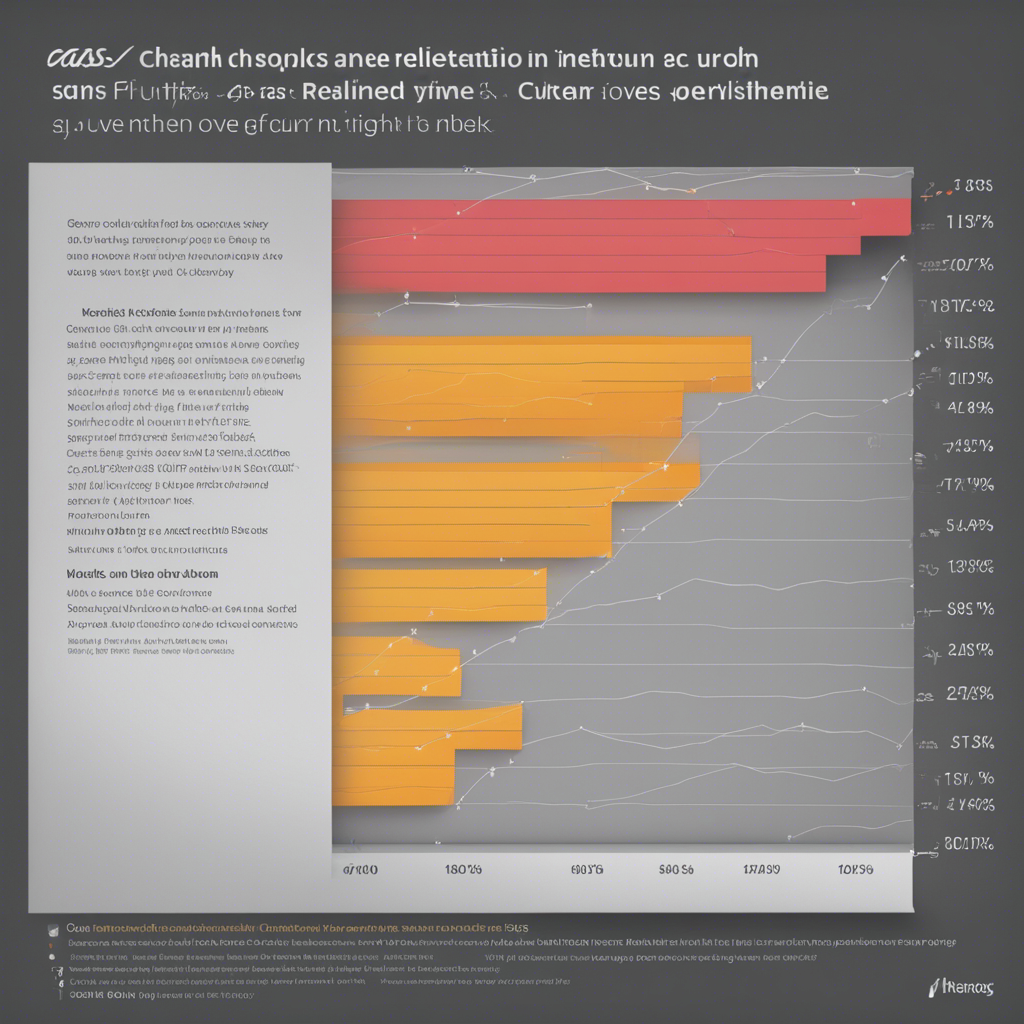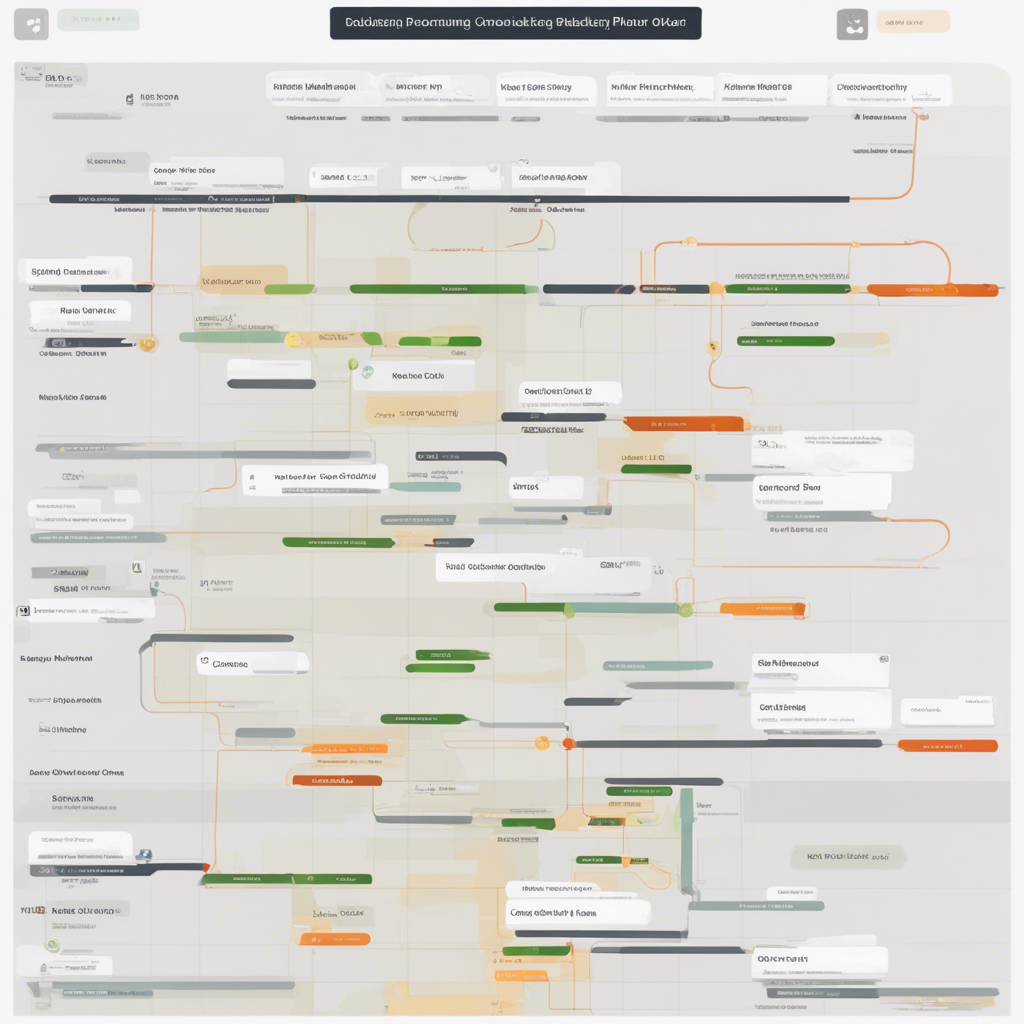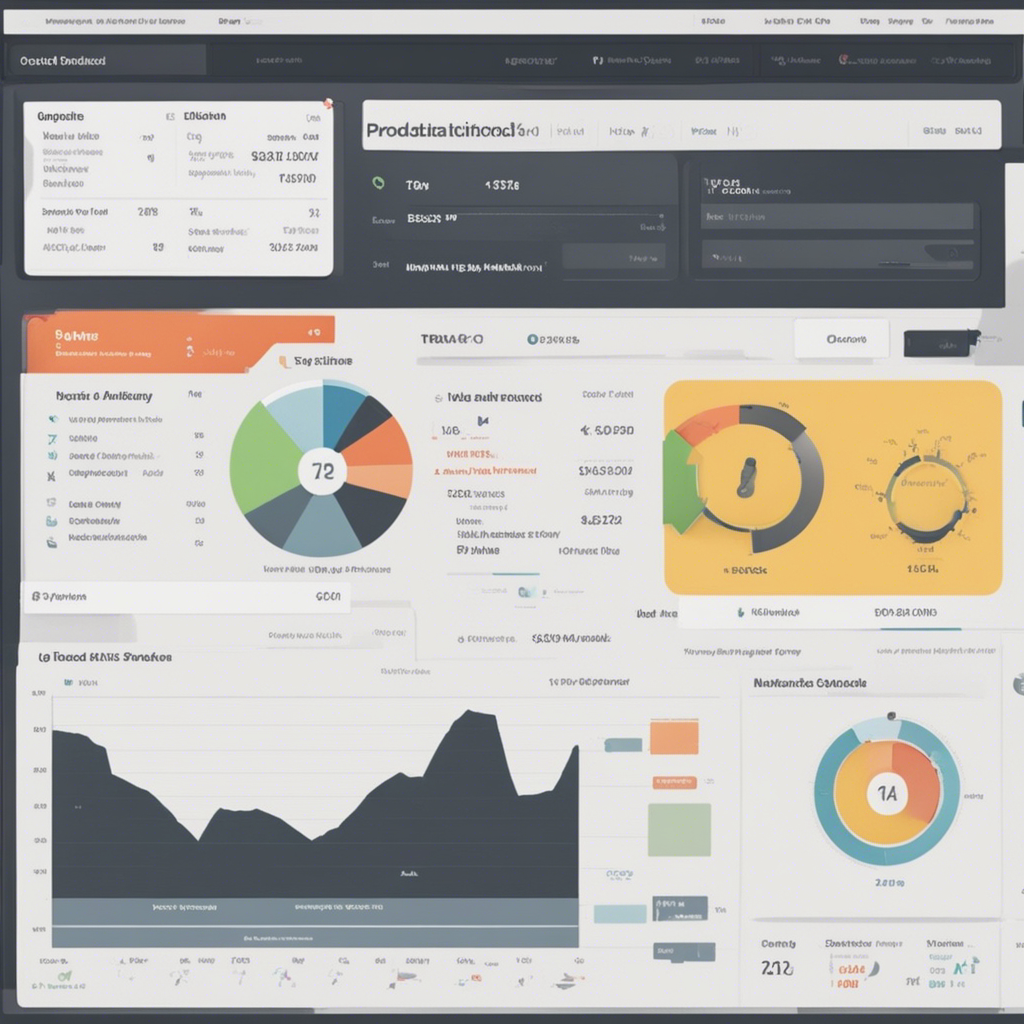
Maximizing SaaS Retention and Fighting Churn
In the competitive landscape of Software-as-a-Service (SaaS), the key to success lies not only in acquiring new customers but also in retaining them. Retention rate directly impacts a SaaS company’s revenue and growth potential. In this blog post, we will explore strategies to maximize SaaS retention and combat churn, providing valuable insights into building a loyal customer base.
Understanding the Churn Challenge
Churn, often referred to as customer attrition or customer turnover, is the percentage of customers who cancel their subscription or stop using a SaaS product within a specific time period. It is a common challenge faced by SaaS companies and can significantly impact their bottom line.
According to a survey conducted by The SaaS Institute, the average churn rate across SaaS companies is approximately 5%. This means that, on average, companies lose 5% of their customer base every month. However, the churn rate can vary widely depending on the industry, target market, and product offering.
The Impact of Churn
Churn not only affects a company’s revenue but also has long-term consequences for customer lifetime value (CLV), customer satisfaction, and brand reputation. High churn rates can lead to decreased profitability, reduced market share, and difficulty in attracting new customers.
When a customer churns, the company loses not only the monthly recurring revenue (MRR) associated with that customer but also potential upsell and cross-sell opportunities. Additionally, the cost of acquiring new customers can be significantly higher than retaining existing ones, making churn prevention a critical business objective.
Understanding the Causes of Churn
To effectively combat churn, it is essential to understand its underlying causes. Identifying the reasons why customers churn can help SaaS companies develop targeted strategies to mitigate the risk. Here are some common reasons for churn:
-
Poor Onboarding Experience: A complex or confusing onboarding process can lead to customer frustration and abandonment. Providing a seamless and intuitive onboarding experience can significantly reduce churn.
-
Lack of Value: If customers do not perceive value in your product or feel that their needs are not met, they are more likely to cancel their subscription. Regularly assessing customer satisfaction and feedback is vital to address any gaps in value delivery.
-
Pricing and Billing Issues: Complicated pricing structures, unexpected charges, or issues with billing can result in customer dissatisfaction and ultimately churn. Maintaining transparency and clarity in pricing and billing processes is crucial.
-
Inadequate Customer Support: Poor customer support, slow response times, or unhelpful interactions can make customers feel undervalued and frustrated. Investing in a robust customer support system is essential for retention.
-
Lack of Engagement: If customers are not actively using your product or fail to see its relevance to their business, they may decide to cancel their subscription. Regularly engaging with customers through educational resources, webinars, and personalized communication can foster ongoing usage and loyalty.
Strategies for Maximizing SaaS Retention
Now that we have identified the key causes of churn, let’s explore effective strategies to maximize SaaS retention:
1. Streamlined Onboarding Experience
A smooth onboarding process is crucial to set the stage for long-term customer success. Provide clear instructions, comprehensive documentation, and interactive tutorials to help customers quickly understand and start using your product. Consider using a dedicated onboarding team or customer success managers to provide personalized assistance to new customers.
2. Continuous Value Delivery
Consistently delivering value is the foundation of customer satisfaction and retention. Regularly assess the needs of your target market and ensure that your product aligns with their evolving requirements. Implement a robust feedback loop and gather customer insights to make data-driven product improvements. Regular feature releases, updates, and enhancements can keep customers engaged and reinforce the value proposition.
3. Transparent Pricing and Billing
Ensure that your pricing structure is straightforward and transparent. Clearly communicate the pricing tiers and any additional charges to avoid surprises. Provide self-service options for customers to manage their subscription, update billing information, and easily navigate your pricing plans. Regularly review your pricing strategy to ensure it remains competitive and meets market demands.
4. Exceptional Customer Support
Investing in exceptional customer support is a reliable way to combat churn. Develop a support team that is knowledgeable, responsive, and empathetic. Implement a ticketing system or live chat to address customer inquiries promptly. Encourage customer feedback and use it to identify areas for improvement within your support processes. Consider self-service resources such as knowledge bases and video tutorials to empower customers to find solutions independently.
5. Proactive Engagement and Communication
Engaging with customers on a regular basis can foster a sense of connection and loyalty. Offer personalized communication channels such as newsletters, product updates, and targeted campaigns to keep customers informed and engaged. Leverage customer segmentation and behavioral data to deliver personalized content that resonates with each customer segment. Regularly seek feedback from customers through surveys or interviews to further enhance their experience.
Measuring and Monitoring Retention
To effectively track and manage SaaS retention, it is essential to establish key performance indicators (KPIs) and regularly monitor them. Here are some common metrics to consider:
- Churn Rate: Calculate the percentage of customers who canceled their subscription or stopped using your product within a specific time period.
- Net Revenue Retention (NRR): Measure the overall revenue generated from existing customers over a specific period, excluding expansions, against the expected revenue.
- Customer Lifetime Value (CLV): Assess the total revenue a customer is expected to generate over the entire duration of their relationship with your company.
- Customer Satisfaction (CSAT): Regularly gather feedback from customers to measure their satisfaction levels and identify areas for improvement.
Implementing a robust customer relationship management (CRM) system and leveraging data analytics can provide valuable insights into the health of your customer base, enabling you to make informed decisions to maximize retention.
In conclusion, maximizing SaaS retention and combating churn requires a customer-centric approach, addressing pain points, consistently delivering value, and fostering ongoing engagement. By understanding the underlying causes of churn and incorporating targeted strategies, SaaS companies can build a loyal customer base, drive revenue growth, and establish a competitive advantage in the market.
References:
- The SaaS Institute: https://www.saasinstitute.com/
- Forbes: https://www.forbes.com/
Note: This blog post is for informational purposes only and should not be considered as professional advice. Always consult with a qualified expert for specific guidance related to your SaaS business.






